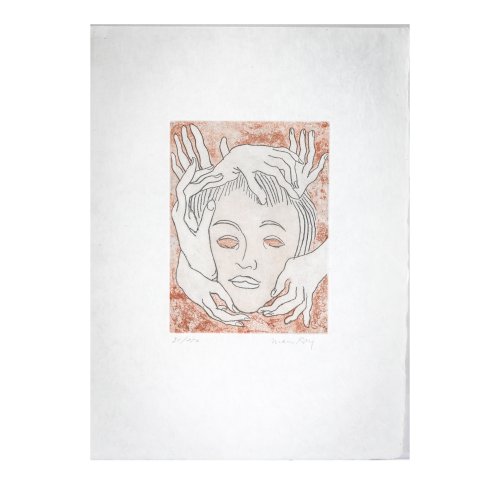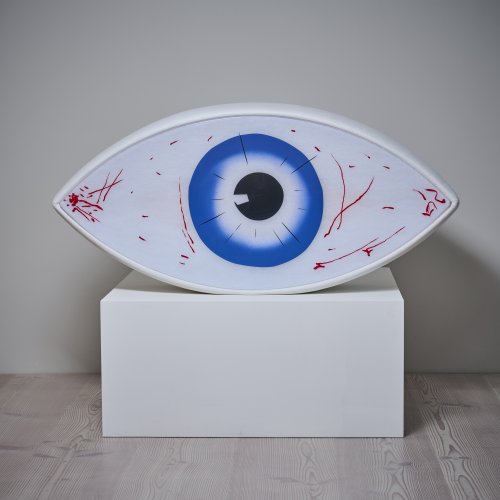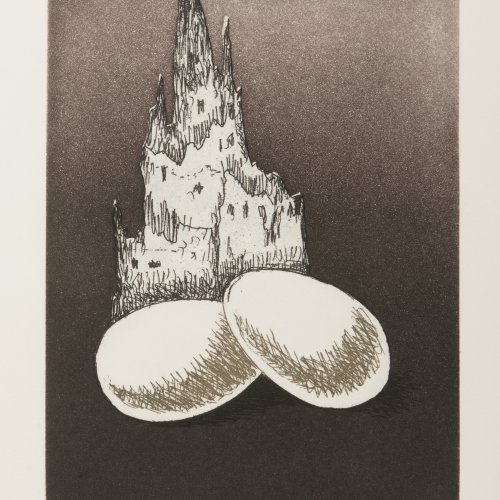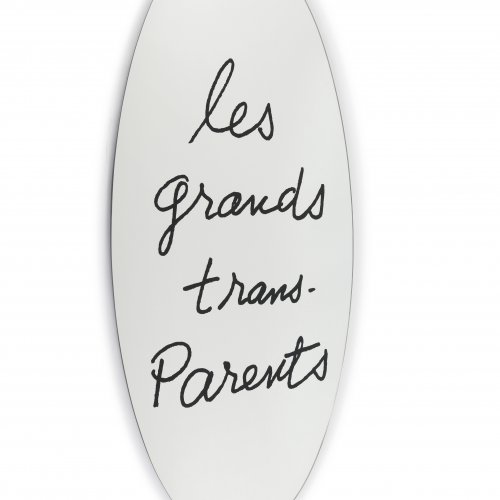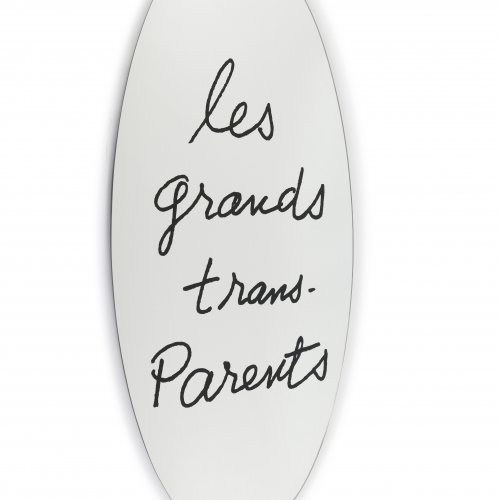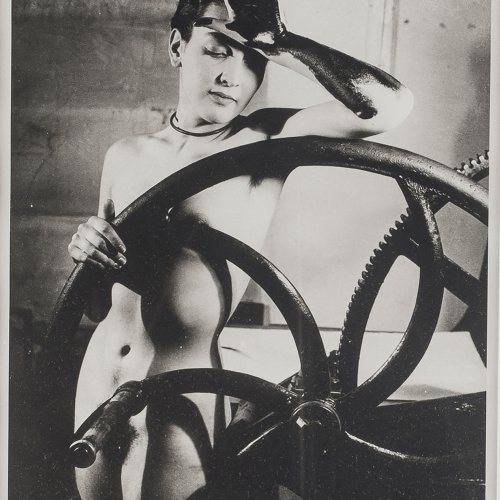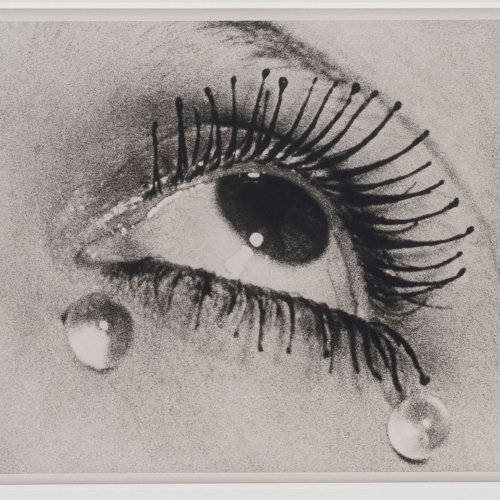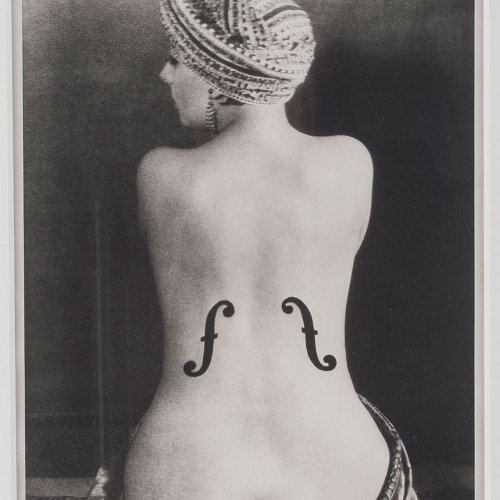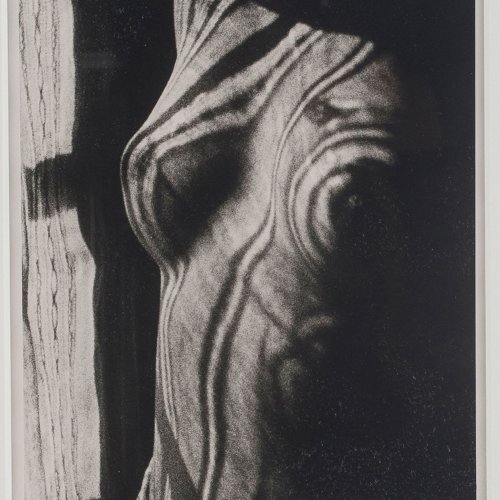Biography
Man Ray was an important American photographer, painter and film artist who is best known for his contributions to the Dada and Surrealism movements. Actually born Emmanuel Radnitzky, Ray grew up in Brooklyn, New York, and developed a passion for art at a young age, although he was not initially allowed to pursue it at his parents' request. In 1913, however, he moved to the artists' colony in Ridgefield, New Jersey and married the poet Adon Lacroix. It was at Alfred Stieglitz Gallery 291 in New York that he first came into contact with artists of the European avant-garde. Fascinated by the styles that were new to him, he tried out various painting styles ranging from impressionism to abstraction.
Man Ray was particularly impressed by his visit to the Armory Show in New York and his encounter with the works of Marcel Duchamp. Ray was fascinated by Duchamp's absurd machine constructions and readymades, so that he himself began to experiment with assemblages of found objects. At Duchamp's suggestion, Ray began to work more intensively with photography. Initially, he used the medium to document his own artworks and those of his artist friend, but he soon recognized its potential as an independent art form and also created his first artistic films. His experiments with exposure techniques in the darkroom led to his famous ‘rayographs’, in which he placed objects on photographic paper and exposed them without a camera to create surreal, abstract pictorial compositions.
Although Ray found his artistic language in New York, he was drawn to Paris to become part of the European avant-garde. In 1921, he moved to Paris, where he became a central figure in the Surrealist movement. Through Duchamp's contacts, Ray met other members of the Dada and Surrealist movement in Paris, such as André Breton, Louis Aragon, Paul Éluard and his wife Gala. To earn money, he set up a studio and began taking portraits. Picasso, Georges Braque, Juan Gris, Henri Matisse and many others had themselves photographed by him in the spring and summer of 1922, as well as literary figures from the salons of Gertrude Stein and Sylvia Beach. When the restless Man Ray turned to nude photography, he met the model Kiki de Montparnasse, who became his lover and muse. His photographs, which often depict dreamlike and symbolic motifs, became world-famous during this time. One of his most famous works is ‘Le Violon d'Ingres’ from 1924, which shows the back of a woman with a turban on which two f-shaped openings of a violin have been painted.
Man Ray lost interest in surrealist film art after a few years. Instead, he expanded his photographic activities to include experimental fashion photography. Lee Miller became his student and model in front of the camera. Together they perfected Ray's solarisation technique. When Lee Miller returned to New York in 1932, this initially led to a creative standstill for the artist. In the 1930s, however, important photographic portfolios were created together with Meret Oppenheim and Paul Eluard and his wife Nusch.
Shortly before the Second World War, Ray fled Paris and traveled back to the USA. After a short stay in New York, he traveled to Los Angeles, where he lived and continued to work as an artist. In 1951, he returned to Paris with his wife Juliet. In the late 1960s and early 1970s, Ray's works were regularly shown in retrospectives and major international exhibitions. Man Ray died in 1976.
Together with the Italian furniture manufacturer Dino Gavina, Man Ray brought out a series of surreal furniture in the early 1970s - the so-called ‘Ultramobili’. Man Ray created a large, rocking eye entitled ‘Le Témoin’, which is reminiscent of his early work ‘Object to be destroyed’ from 1932, in which Ray used the photo of an eye of his assistant and lover Lee Miller on the pointer of a metronome.
